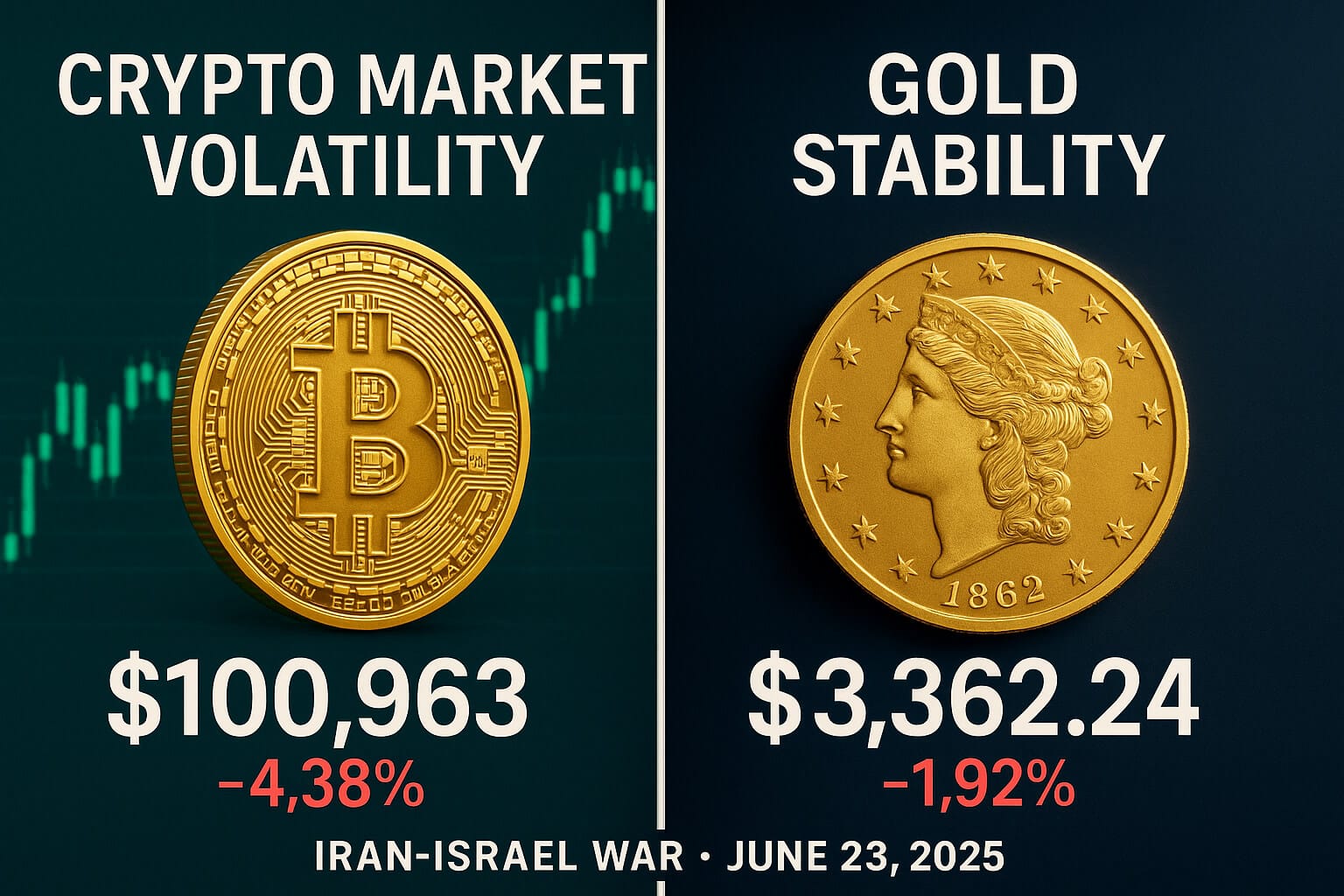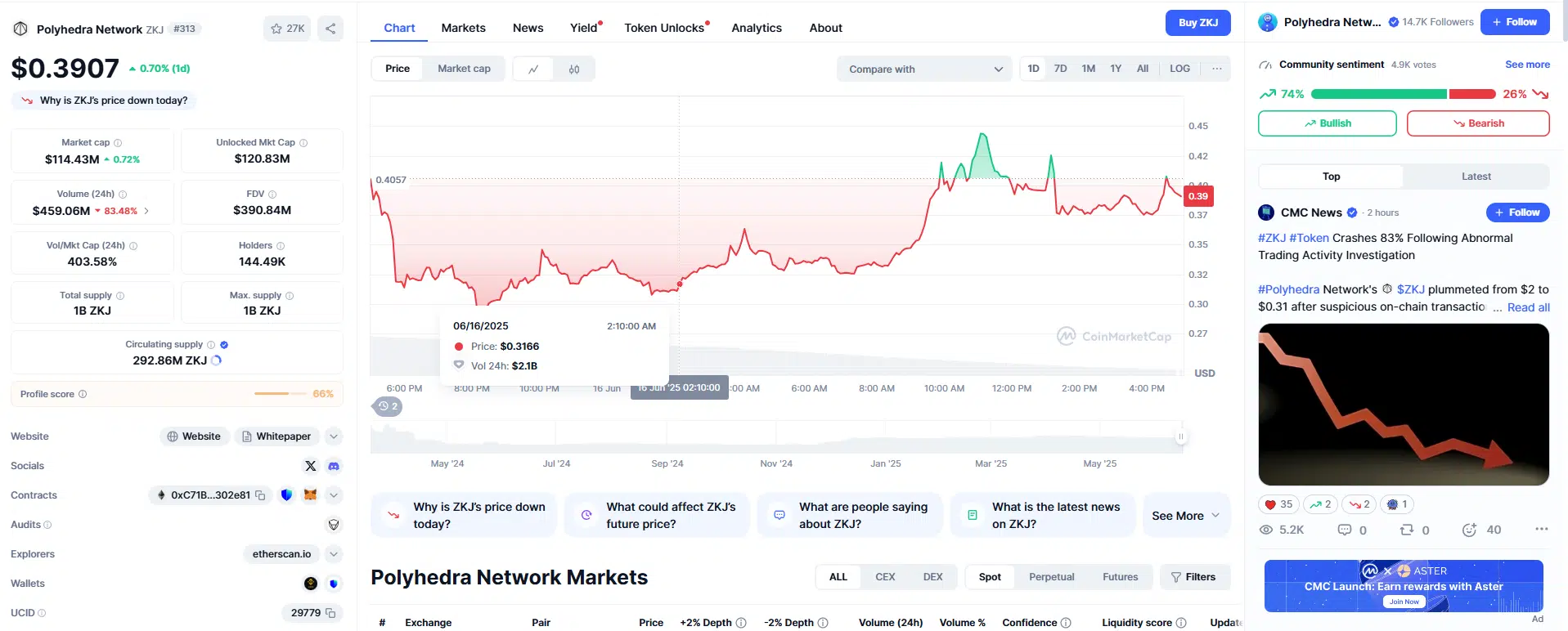In the rapidly evolving world of cryptocurrencies, the fragmentation of different blockchain networks presents a significant challenge. Each blockchain operates independently, limiting the fluid transfer of assets and data between them. Crypto bridging addresses this issue by allowing seamless asset transfers across different blockchain networks, enhancing interoperability and expanding the utility of digital assets.
What is Crypto Bridging?
Crypto bridging is a process that enables the transfer of assets and data from one blockchain network to another. This process involves using a blockchain bridge, a protocol that facilitates interoperability between different blockchain networks. By doing so, it allows users to leverage the strengths of multiple blockchains, fostering a more connected and versatile blockchain ecosystem.
How Does Crypto Bridging Work?
Crypto bridging typically involves the use of smart contracts and bridge protocols to facilitate the transfer of assets between blockchains. Here’s a step-by-step breakdown of the process:
- Asset Locking: When a user wants to transfer assets from Blockchain A to Blockchain B, they first lock their assets in a smart contract on Blockchain A.
- Issuance of Wrapped Tokens: Once the assets are locked, the bridge protocol issues an equivalent amount of wrapped tokens on Blockchain B. Wrapped tokens are representations of the original assets and maintain their value.
- Transfer of Wrapped Tokens: The wrapped tokens can then be transferred and used on Blockchain B as if they were the original assets.
- Asset Redemption: If the user wants to retrieve their original assets, they can lock the wrapped tokens in a smart contract on Blockchain B. The bridge protocol will then unlock the original assets on Blockchain A.
Benefits of Crypto Bridging
- Enhanced Interoperability
Crypto bridging significantly enhances interoperability by enabling different blockchains to interact and exchange value seamlessly. This interconnectedness allows users to utilize the unique features of various blockchains without being confined to a single network.
- Increased Liquidity
By allowing assets to move freely across different blockchain networks, crypto bridging increases liquidity. This flexibility helps stabilize markets and reduce volatility, making it easier for traders to access and utilize their assets across multiple platforms.
- Access to Diverse Applications
Crypto bridging opens up access to a wide range of decentralized applications (dApps) across different blockchains. Users can take advantage of various DeFi services, NFT marketplaces, and other blockchain-based applications without being restricted to a single network.
Real-World Applications of Crypto Bridging
- Decentralized Finance (DeFi)
In the DeFi ecosystem, crypto bridging enables users to move assets across different platforms, enhancing the utility and reach of DeFi services. This capability allows for more complex financial products and services that leverage the strengths of multiple blockchains.
- NFT Marketplaces
Crypto bridging also plays a crucial role in the NFT space by enabling the transfer of NFTs across different blockchains. This interoperability expands the reach of NFTs, allowing them to be bought, sold, and utilized across various marketplaces.
- Cross-Chain Decentralized Exchanges (DEXs)
Cross-chain decentralized exchanges (DEXs) rely heavily on crypto bridging to facilitate the trading of assets across different blockchain networks. These exchanges allow users to trade tokens from multiple blockchains directly, enhancing the overall trading experience. Some popular DEXs that support crypto bridging include:
- Uniswap: Known for its extensive liquidity and user-friendly interface, Uniswap now supports cross-chain swaps through various bridging solutions.
- PancakeSwap: This Binance Smart Chain-based DEX offers bridging capabilities to connect with Ethereum and other networks.
- SushiSwap: SushiSwap provides cross-chain functionality, allowing users to swap assets between different blockchains seamlessly.
Crypto bridging is revolutionizing the cryptocurrency space by promoting interoperability, liquidity, and access to diverse applications. As the blockchain ecosystem continues to grow, bridging technologies will play a crucial role in shaping the future of decentralized finance and digital assets. Understanding and utilizing crypto bridging can open up new opportunities for traders and developers alike, making it easier to leverage the full potential of the diverse blockchain landscape.
FAQs:
1. What is crypto bridging?
Crypto bridging enables the transfer of assets and data between different blockchain networks using a blockchain bridge protocol.
2. How does crypto bridging work?
It uses smart contracts and bridge protocols to lock assets on one blockchain and issue wrapped tokens on another, facilitating seamless transfers.
3. What are the benefits of crypto bridging?
Benefits include enhanced interoperability, increased liquidity, and access to diverse decentralized applications.
4. Where is crypto bridging used?
It is used in DeFi, NFT marketplaces, and cross-chain decentralized exchanges.
Stay Updated
For the latest airdrops and crypto news, follow us on:

















